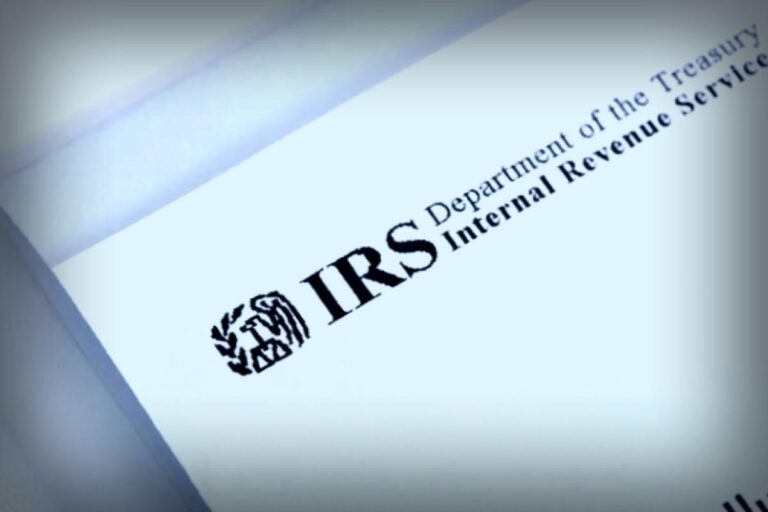The recent findings about the tax rates affecting the country’s richest residents are quite alarming. The effective tax rate for the wealthiest 0.0002 percent of Americans—a group primarily made up of the billionaires featured in Forbes’ 400 list—has significantly decreased from 30% to 24%. This drop comes after the GOP tax cuts established in 2017, which Congress decided to extend last month through President Trump’s so-called big, beautiful bill.
In contrast, the average tax rate for all Americans stands around 30%, increasing to about 45% for high-income earners. Strikingly, the top 100 wealthiest individuals enjoy an effective tax rate of just 22%, as highlighted in a study released by the National Bureau of Economic Research.
This decline correlates tightly with the 2017 tax cuts, formally known as the Tax Cuts and Jobs Act. Researchers observed, “As our analysis closes, we noted a significant drop in the tax rate for the top 400, amidst various economic fluctuations and policy changes, particularly the Trump tax cuts.”
Experts Emmanuel Saez and Gabriel Zucman from the University of California, who spearhead discussions on global wealth inequality, pointed out that the wealth held by the ultra-rich (0.0002 percent) accounted for only 2% of the U.S. gross domestic product (GDP) in 1982. However, projections indicate this will balloon to 20% of GDP by 2025, with three-quarters of that increase likely driven by just the top 100 richest individuals.
Moreover, when examining wealth as a proportion rather than income, the tax contribution from the top 400 plummeted from 2.7% before 2017 down to just 1.3% post-tax cuts. In America, taxes are primarily levied on income instead of accrued wealth, although the Supreme Court has recently shown some openness to considering a tax on wealth.
Interestingly, these reduced tax rates could also stem from lower levels of private business income within this elite sector. Remarkably, the existence of pass-through businesses that report taxable losses serves to lighten the tax load for the richest Americans, thus allowing them to offset taxes from other income sources such as salaries and dividends.
The cornerstone of the 2017 tax cuts was the slashing of the corporate tax rate from 35% to 21%, a crucial change that disproportionately benefits billionaires. According to Zucman and his team, “Around 9% of the top 400’s effective tax rate of approximately 23.8% can be attributed to corporate tax figures.”
The Congressional Budget Office conducted a distributional analysis regarding the continued implementation of the 2017 tax cuts and found overwhelming evidence that wealth is being redistributed from America’s poor to its wealthy. As social programs like healthcare face budget cuts, the poorest Americans are at risk of losing vital resources while the affluent capitalize on the loopholes.
Further divisions in economic prosperity have been observed, with benefits increasingly reaped by individuals higher up the income scale. A noteworthy report indicated that the top tenth of income earners are likely to secure the majority of saved tax revenue—the prime beneficiaries of these tax advantages.
Alarmingly, this widening wealth gap mirrors a global issue. Despite a noted moderation of wealth disparities among nations in the past 25 years, the inequality levels within many countries—particularly the U.S.—have surged.
The United Nations’ findings are shocking: by 2018, just 26 of the wealthiest individuals worldwide collectively held assets as much as half of the planet’s poorest population, approximately 3.8 billion people. This statistic has improved from the previous year’s figure of 43 people.
As economic disparities become more pronounced, historians are contemplating a fresh classification for global societal hierarchies influenced by inequality trends. Economic historian Robert Brenner alongside sociologist Dylan Riley posited a potential emergence of a wholly new class structure around politically engineered upward redistribution in a 2022 paper.
Copyright 2025 Nexstar Media, Inc. All rights reserved. This material may not be published, broadcast, rewritten, or redistributed.
For the latest news, weather, sports, and streaming video, check out The Hill.


















